Table of Contents
Introduction to Small Red Peppers
Small red peppers, commonly known as cherry peppers or cayenne peppers (depending on variety), are compact but flavorful ingredients that add vibrant color and controlled heat to dishes. Unlike generic "small red peppers," these varieties have distinct culinary profiles: cherry peppers offer sweet heat (500-1,000 SHU), while cayenne peppers deliver sharper, higher heat (30,000-50,000 SHU). This guide clarifies common misconceptions and provides actionable insights for cooks of all levels.
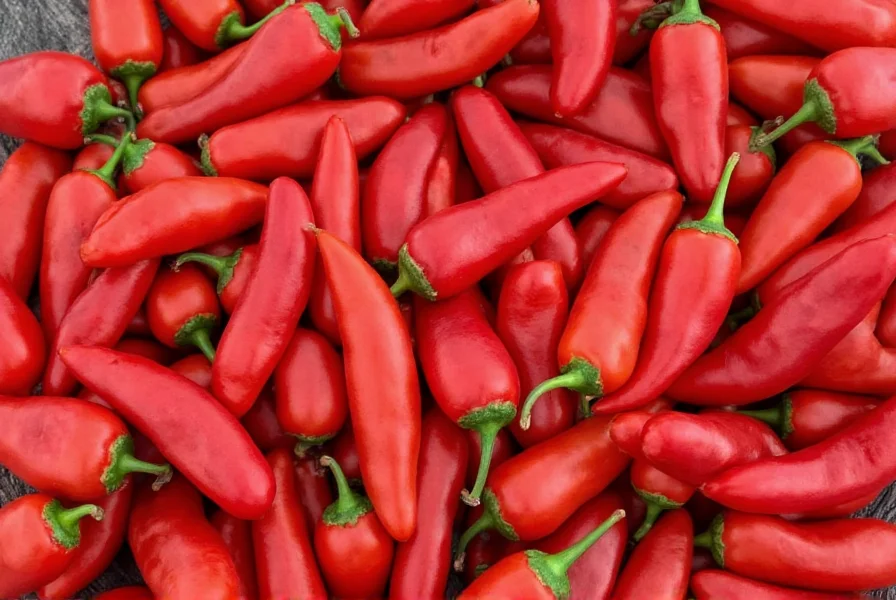
Understanding the Spice Levels of Small Red Peppers
Heat levels vary significantly between small red pepper varieties. The Scoville Heat Unit (SHU) scale measures pepper intensity, but many confuse "small red peppers" as a single category. Here's a precise breakdown:
| Pepper Type | Heat Level (SHU) | Best Uses |
|---|---|---|
| Cherry Pepper | 500 - 1,000 | Salsas, garnishes, stuffed peppers |
| Cayenne Pepper | 30,000 - 50,000 | Hot sauces, spice blends, marinades |
| Jalapeño | 2,500 - 8,000 | Pickling, fresh salsas, nachos |
| Habanero | 100,000 - 350,000 | Extreme heat applications, hot sauces |
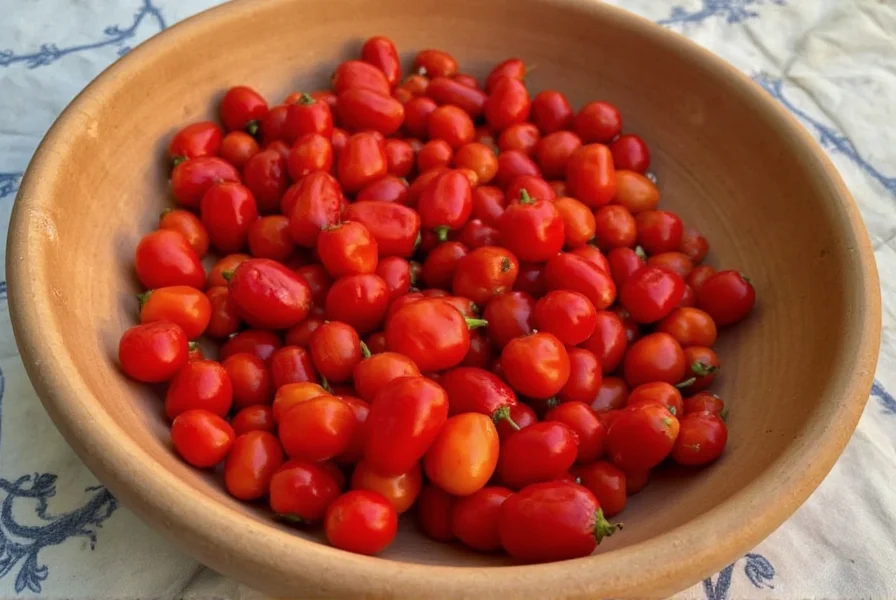
Culinary Uses of Small Red Peppers
Small red peppers require specific handling based on variety. Below are proven techniques for maximum flavor impact:
Cherry Pepper Recipes
Quick Cherry Pepper Salsa: Dice 6 cherry peppers, 1 cup tomatoes, 1/4 cup red onion, 1 jalapeño (optional), 2 tbsp cilantro, juice of 1 lime. Mix and chill for 30 minutes. Serves 4.
Stuffed Cherry Peppers: Halve peppers, remove seeds. Fill with quinoa, black beans, corn, and cheese. Bake at 375°F for 20 minutes.
Cayenne Pepper Applications
Homemade Cayenne Hot Sauce: Blend 1 cup cayenne peppers, 1/2 cup apple cider vinegar, 2 garlic cloves, 1 tsp salt. Simmer 10 minutes, strain, and bottle.
Spice Rub for Grilled Meats: Mix 2 tbsp cayenne powder, 1 tbsp paprika, 1 tsp brown sugar, 1 tsp garlic powder. Rub onto chicken or ribs before grilling.
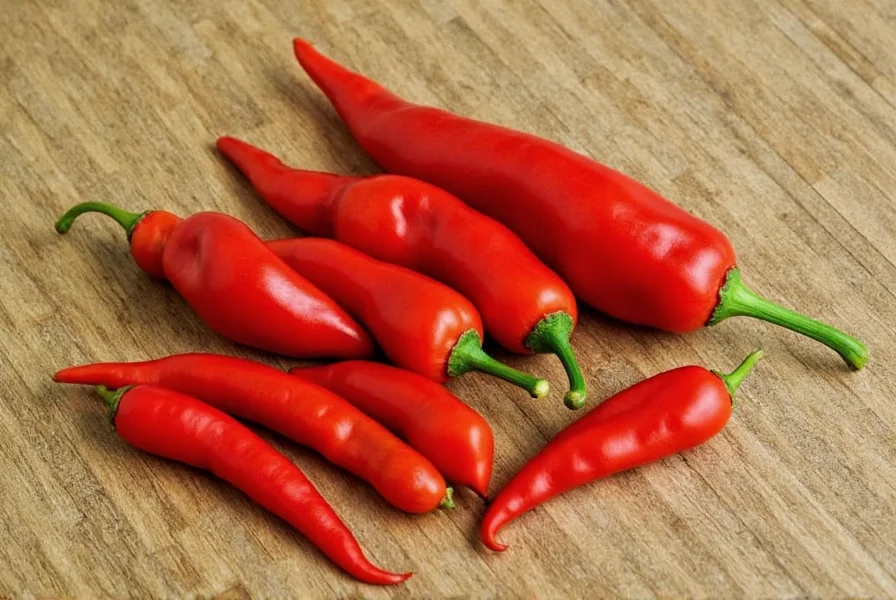
Buying Guide for Small Red Peppers
Choose the right variety for your needs:
- Cherry Peppers: Look for firm, glossy red skins. Avoid wrinkled or soft spots. Best for fresh eating or stuffing.
- Cayenne Peppers: Select bright red, smooth-skinned peppers. Dried cayenne powder should have a vibrant red color and strong aroma.
- Where to Buy: Farmers' markets for fresh cherry peppers; grocery stores for dried cayenne powder. Online retailers like Amazon offer bulk dried options.
- Storage: Fresh peppers: refrigerate in paper bags for up to 2 weeks. Dried: store in airtight containers away from light.
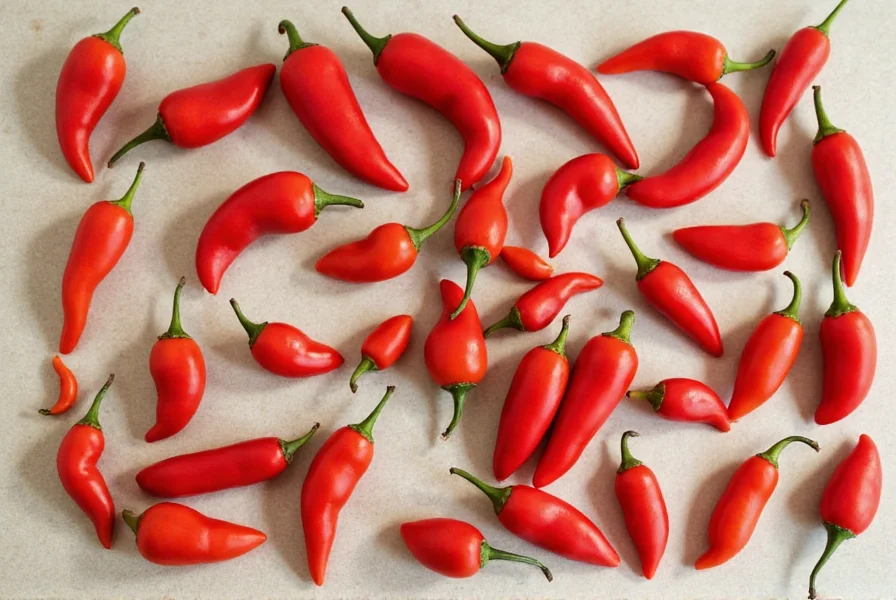
Practical Tips for Cooking with Small Red Peppers
- For Cherry Peppers: Remove seeds and membranes for milder heat. Roast whole for 10 minutes to enhance sweetness.
- For Cayenne Peppers: Wear gloves when handling. Use sparingly in spice blends (1/4 tsp per serving).
- Pairings: Cherry peppers complement tomatoes, mozzarella, and balsamic vinegar. Cayenne pairs with chocolate, coffee, and citrus.
- Heat Control: Soak sliced peppers in milk for 15 minutes to neutralize capsaicin. Add acid (lemon/vinegar) to balance heat in sauces.
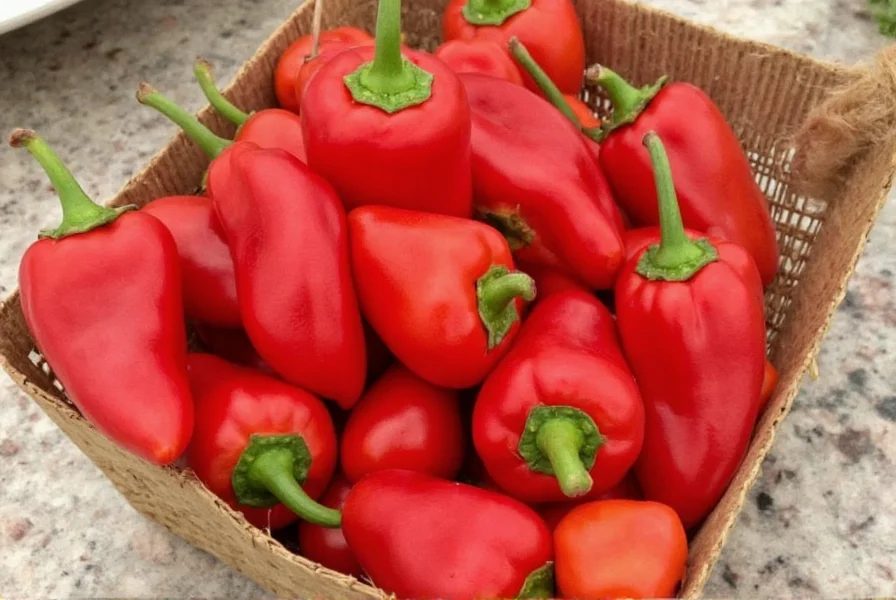
Frequently Asked Questions (FAQ)
- How do cherry peppers differ from cayenne peppers? Cherry peppers (500-1,000 SHU) are sweet with mild heat, ideal for fresh dishes. Cayenne peppers (30,000-50,000 SHU) are intensely spicy, used primarily as a dried spice or in hot sauces.
- Can I substitute cayenne for cherry peppers in recipes? No. Cayenne is 30-100x hotter. Use 1/10th the amount of cayenne when substituting for cherry peppers. For heat control, always start with less.
- Why do my cherry peppers taste bitter? Overcooking or using damaged peppers causes bitterness. Roast at high heat (400°F) for 10-12 minutes to caramelize sugars and reduce bitterness.
- How to store fresh cayenne peppers long-term? Freeze whole peppers in airtight bags for up to 6 months. For dried powder, store in dark glass jars to preserve potency.
- Are small red peppers healthy? Yes. They're rich in vitamin C (cherry peppers: 80mg per 100g), capsaicin (anti-inflammatory), and antioxidants. Research shows capsaicin may boost metabolism.
Conclusion
Understanding the difference between cherry peppers and cayenne peppers is crucial for successful cooking. Cherry peppers bring sweet heat to fresh dishes, while cayenne delivers intense spice for sauces and rubs. Always verify the variety before purchasing, as "small red peppers" is a misleading term that covers distinct ingredients. With proper handling and pairing, these peppers can elevate any meal from ordinary to extraordinary.
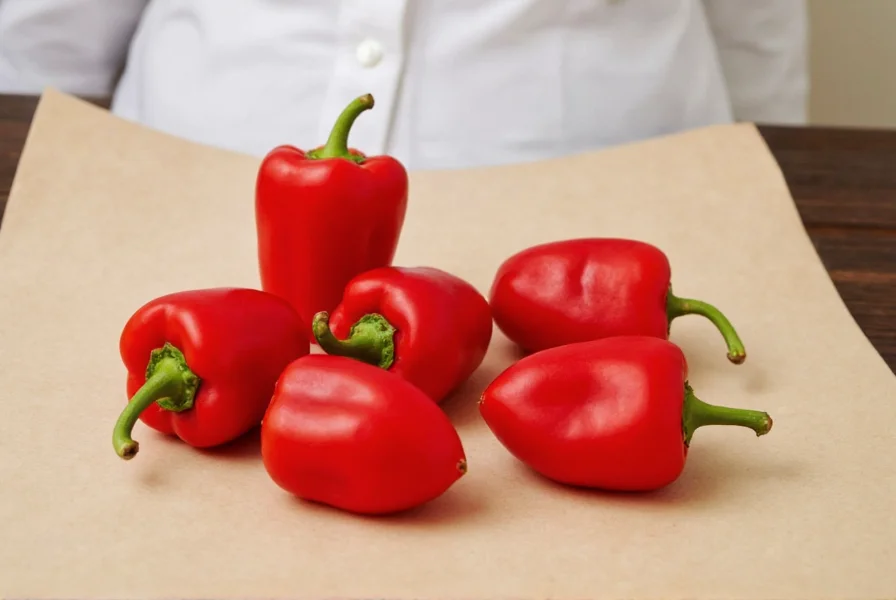

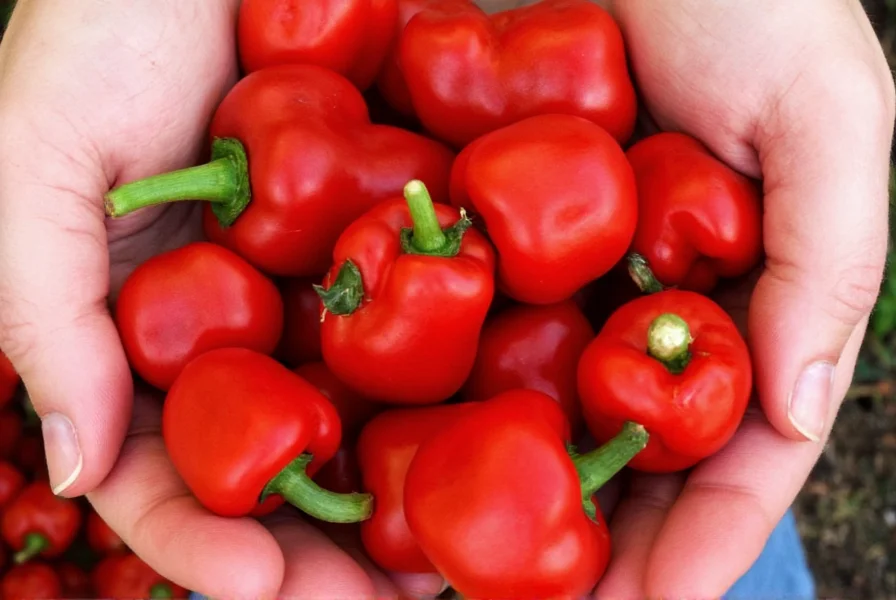









 浙公网安备
33010002000092号
浙公网安备
33010002000092号 浙B2-20120091-4
浙B2-20120091-4